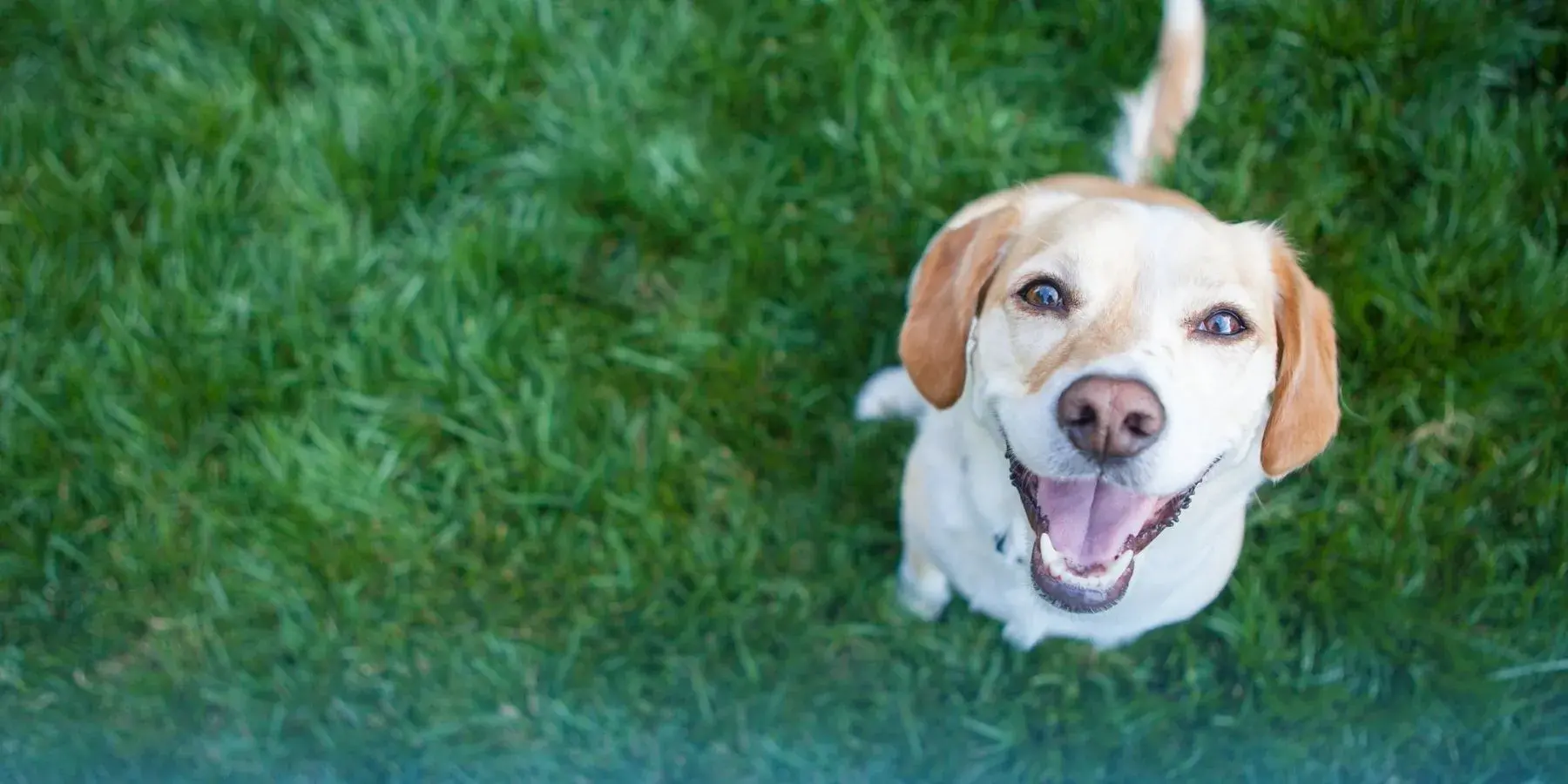PET HEALTH
What Is This Bump or Lump on My Dog?
When petting your dog, you may see or feel some type of lump or bump you hadn’t noticed before. It may be difficult not to worry right away, but not all lumps are bad — and there are several kinds it could be.
Let’s take a look at some different types of bumps and lumps on dogs, how they’re diagnosed and treated, and how pet insurance can help with potentially high-cost vet bills.
MetLife Pet Can Help You Cover Vet Bills When Things Get Bumpy
Lipomas
The majority of lumps you might find when petting your dog are lipomas. These fatty lumps on dogs are soft, round, benign (non-cancerous) growths and usually aren’t painful. They’re typically present directly beneath the dog’s skin and often don’t cause any problems. Lipomas don’t require surgery unless they restrict your dog’s normal movements, but removing them can be a good option since they could grow to cause discomfort.1
It’s a good idea to get each lump checked by your veterinarian — or reexamined at annual checkups. This can help ensure cellular changes haven’t occurred, it hasn’t grown in size, and isn’t impeding your pet’s movement or function.
Liposarcomas
The malignant form of limpomas are called liposarcomas. These cancerous tumors generally don’t spread to other parts of the body, but they can require more extensive surgical removal and have a higher chance of recurring after removal than regular lipomas.1
Sebaceous Cysts
Some skin bumps may be sebaceous cysts. Sebaceous glands are located in the skin near hair follicles, and they produce an oily substance called sebum. These cysts form when the oil glands become clogged.2
Sebaceous cysts look like a small, white or blueish bump (similar to a pimple) and may release a grayish, cottage-cheese-like discharge if they pop. They’re often not a cause for concern unless they become infected.2
Other types of cysts
Sebaceous cysts aren’t the only kind of cyst your dog may experience. Other kinds of dog cysts can include:2
- Follicular cysts
- True cysts
- False cysts
- Dermoid cysts
If you’re concerned that bumps on your dog’s skin might be cysts, familiarize yourself with the most common types of dog cysts and talk with your vet.
Histiocytomas
If you notice sudden lumps under your dog’s skin, it could be a fast-growing benign tumor called a histiocytoma. Common in young dogs — though they can happen at any age — histiocytomas usually show up on the head, paws, and ears as a single bump that can be moved around.1
Most histiocytomas can go away in a few months on their own, but surgical removal may be necessary if the growth is causing problems for your pup.1
Warts (Papillomas)
Warts on dogs can be common and are typically caused by the canine papillomavirus. Oral papillomas may occur more often in puppies, and skin warts — hard bumps that can look like cauliflower — can be more likely to develop on older dogs.1
Warts usually resolve on their own, but because they’re caused by a virus, they can be contagious. Surgical removal is usually reserved for problematic warts, since they’re considered benign growths. However, it’s possible a viral wart could turn into squamous cell carcinoma — a type of skin cancer.1
Basal Cell Tumors
Most basal cell tumors in dogs are benign and found on the neck, head, and front legs. They look like firm, round, raised masses that may not have hair on them and could be dark in color. Sometimes, these growths can get quite large and cause secondary inflammation.1
It may be good to get them surgically removed if their location is causing discomfort or could lead to secondary infections.1
Cancerous Growths
Malignant tumors could spread rapidly — even to other parts of the body, like organs. Most require surgical removal and some form of cancer therapy, such as radiation therapy or chemotherapy. Recurrence is possible and, depending on the situation, the diagnosis could be fatal.1
Some of the most common types of skin cancer in dogs that might look like lumps or bumps include:1
- Mast cell tumors (MCTs): Occurring mostly in older dogs and varying in size, MCTs sometimes looking like lipomas.
- Malignant melanomas: These look like raised, sometimes darker, lumps and are commonly seen on older dogs.
- Squamous cell carcinomas: Typically found on older dogs, these may look like warts.
- Fibrosarcomas: These are firm, fleshy lumps under the skin that are fast-growing.
How do you know which of your dog’s lumps, bumps, or growths are dangerous and which are not? The only way to truly know is by going to the vet. Any time you notice a lump, just to be safe, consult your veterinarian.
Other Types of Bumps on a Dog’s Skin
Bumps may also be different from your most-thought-of growths and tumors. Your dog could experience bumps due to:
Skin tags: Dog skin tags are benign and typically show up on older dogs. These stalk-like growths are common and could show up as one or many all over your pup.1
Allergic reactions: If your dog has an allergic reaction, they may get hives, which are small raised bumps. With treatment for the allergen, the bumps typically go away.
Inflammation: Swelling from insect bites, stings, or even bruises from accidents could cause bumps to form. These usually go away after a short time.
Abscesses: Pus-filled bumps can suddenly form that may be firm or able to be pushed down and could be painful. Surgical removal, or drainage, and antibiotics are the typical treatment.3
Diagnosing Lumps on Dogs
Vets will typically do a thorough physical exam of your dog to help them decide which tests could help diagnose the growth. Some of these diagnostics tests might include:1
- Fine-needle aspiration (FNA) using a syringe to remove a sample of tumor cells
- A biopsy tissue sample surgically taken from the growth
- Impression smears of the tumor surface
After a diagnosis, your vet can provide you with your dog’s specific treatment options.
MetLife Pet Offers Coverage for Unexpected Vet Bills
Depending on the diagnosis, treatment for various types of cancerous tumors could be expensive — and may increase due to the length of treatment required. But even small, benign growths that don’t require treatment can still mean an unexpected vet bill to make sure your pup is healthy.
A MetLife Pet Insurance policy can help you cover costs for things like surgeries, diagnostics, hospitalization, medications, and vet exams. With reimbursements up to 90% on covered costs, you can spend more time focusing on your dog’s well-being than the cost of their vet care.4 Explore our plan customization options and get your free, personalized quote today.


